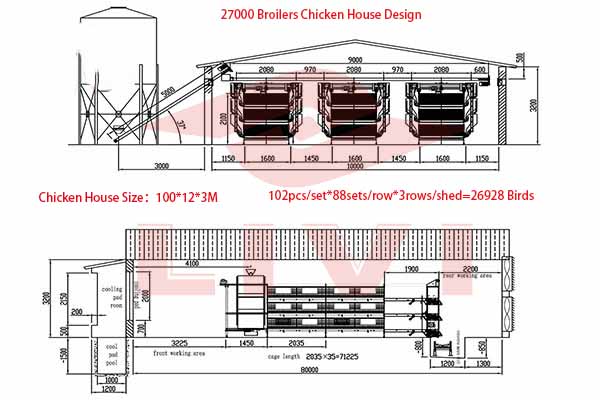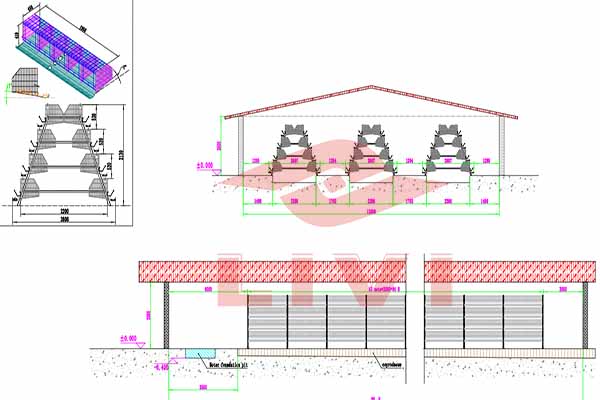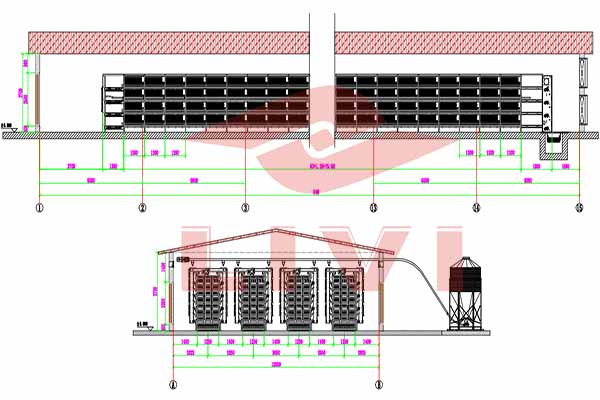Step-by-Step Guide to Poultry Farm Automation
Automating your poultry farm can significantly enhance efficiency and productivity. This comprehensive guide will walk you through the key steps involved in automating your chicken farm, from initial planning to implementation.
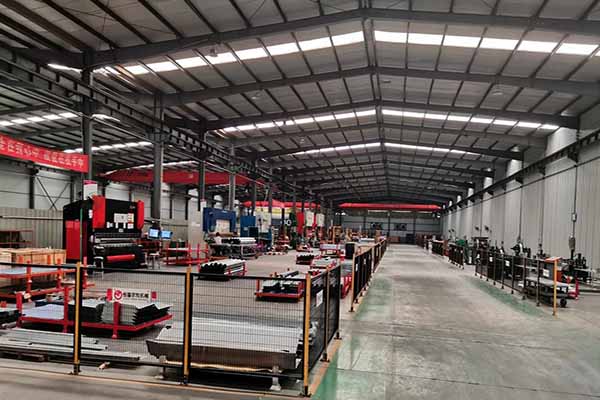
1. Assess Your Farm’s Needs
Before diving into automation, it’s crucial to evaluate your farm’s specific requirements. Consider the number of birds, the size of the farm, and the current processes in place. This will help you determine the scale of automation needed.
- Number of birds
- Size of the farm
- Current processes and challenges
2. Research Available Poultry Farming Equipment
There are various equipment options available for poultry farming automation, including automated chicken cages, feeding systems, and environmental control systems. Research and compare different products to find the best fit for your farm.
| Equipment | Description | Benefits |
|---|---|---|
| Automated Chicken Cages | Automated systems that provide individual space for each bird, ensuring optimal health and growth. | Enhanced biosecurity, reduced labor costs, improved animal welfare |
| Feeding Systems | Automated systems that dispense feed at specific times and quantities. | Improved feed efficiency, reduced waste, consistent feeding |
| Environmental Control Systems | Systems that regulate temperature, humidity, and air quality. | Optimal living conditions for birds, reduced disease risk |
3. Develop an Automation Plan
Once you’ve iden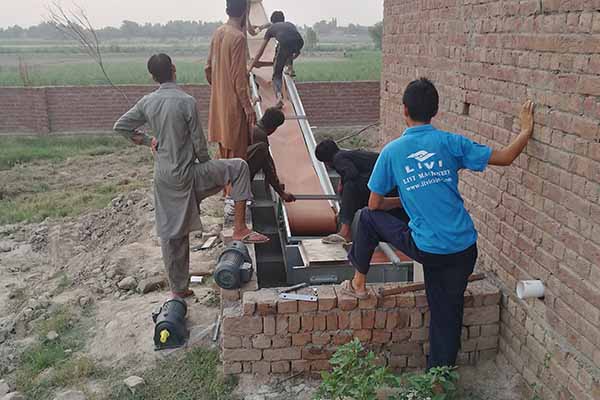 tified the equipment needed, create a detailed plan for implementation. This plan should include a timeline, budget, and the necessary training for your staff.
tified the equipment needed, create a detailed plan for implementation. This plan should include a timeline, budget, and the necessary training for your staff.
- Timeline for installation and training
- Budget allocation for equipment and labor
- Staff training schedule
4.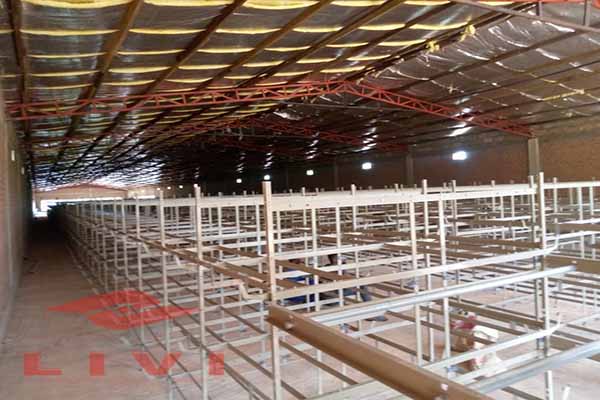 Implement the Automation System
Implement the Automation System
With your plan in place, it’s time to implement the automation system. Ensure that all equipment is installed correctly and that it integrates seamlessly with your existing infrastructure.
Common challenges during implementation include:
- Equipment compatibility issues
- Technical difficulties with installation
- Staff resistance to change
5. Monitor and Optimize
After the automation system is up and running, continuously monitor its performance. Collect data on key metrics such as feed conversion ratio, mortality rate, and overall productivity. Use this data to optimize your farm’s operation.
Regular maintenance and updates to the system are also essential to ensure long-term success.
6. Consider the Return on Investment
Automating your poultry farm can be a significant investment. It’s important to consider the return on investment (ROI) and its impact on your farm’s profitability. Evaluate the cost savings in labor, feed, and other operational expenses against the initial investment.
Data shows that automation can lead to a 20-30% increase in productivity and a 10-15% reduction in labor costs.
As a professional SEO, we understand the importance of a well-optimized automation plan for your poultry farm. Contact us today to discuss your specific needs and receive a free, customized poultry farm automation design and equipment quotation.


